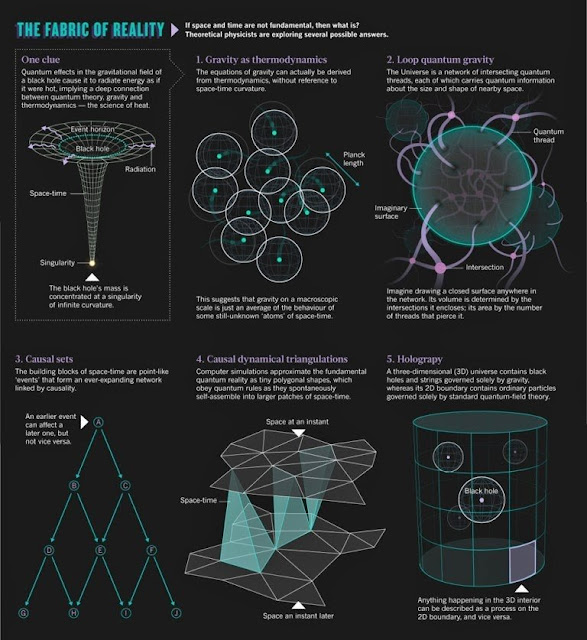Replication first: RNA world
Main article: RNA world
Even the simplest members of the three modern domains of life use DNA to record their "recipes" and a complex array of RNA and protein molecules to "read" these instructions and use them for growth, maintenance, and self-replication.
The discovery that a kind of RNA molecule called a ribozyme can catalyzeboth its own replication and the construction of proteins led to the hypothesis that earlier life-forms were based entirely on RNA.They could have formed an RNA world in which there were individuals but no species, as mutations and horizontal gene transferswould have meant that the offspring in each generation were quite likely to have different genomes from those that their parents started with.RNA would later have been replaced by DNA, which is more stable and therefore can build longer genomes, expanding the range of capabilities a single organism can have.Ribozymes remain as the main components of ribosomes, the "protein factories" of modern cells.
Although short, self-replicating RNA molecules have been artificially produced in laboratories, doubts have been raised about whether natural non-biological synthesis of RNA is possible.The earliest ribozymes may have been formed of simpler nucleic acids such as PNA, TNAor GNA, which would have been replaced later by RNA.Other pre-RNA replicators have been posited, including crystals and even quantum systems.
In 2003 it was proposed that porous metal sulfide precipitates would assist RNA synthesis at about 100 °C (212 °F) and at ocean-bottom pressures near hydrothermal vents. In this hypothesis, the proto-cells would be confined in the pores of the metal substrate until the later development of lipid membranes.




Comments
Post a Comment